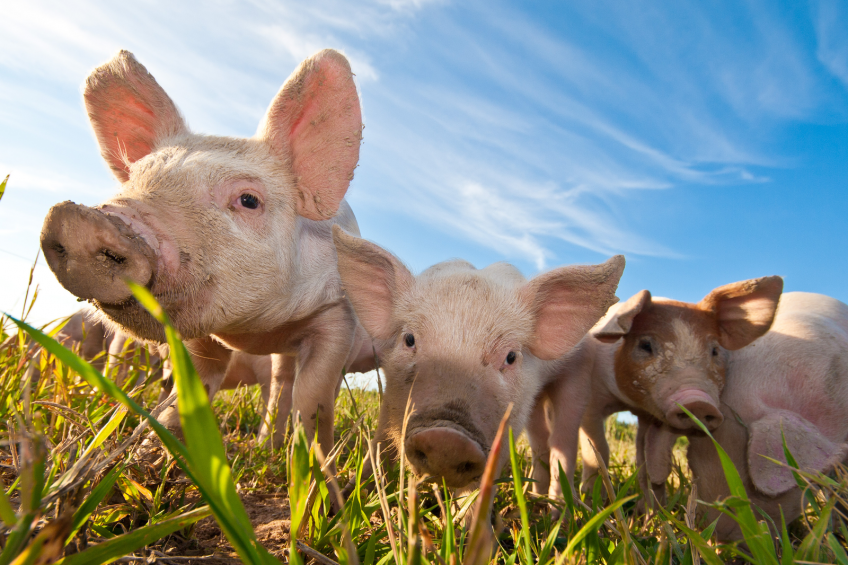Monogastrics can profit from sorghum

The feed enzyme protease allows for alternative sources of protein in swine and poultry diets, such as sorghum. This is stated by Novus International.
High corn and soy prices have poultry and swine producers seeking alternative protein sources. Previously, nutritionists have discounted using sorghum as an alternative ingredient as it contains proteins that are difficult to digest. Sorghum, the fourth largest crop produced in the US at 389 million bushels in 2013, is also grown in many regions of the world where other plants don’t thrive, which makes it a plentiful alternative for poultry and swine diets globally. Recently completed research shows that supplementing feed with protease enzymes helps break down complex protein structures in sorghum, improving protein digestibility and availability, which makes sorghum a more viable feed component.
“Protease enzymes are scientifically proven to help improve digestion of protein and energy, and increase dietary amino acids availability to monogastric animals,” explained Dr. Nasser Odetallah, Global Product Champion, Fermentation Products, Novus International, Inc. “For example, the addition of such an enzyme* to a ration allows a poultry or swine producer to replace some expensive feed ingredients with a more cost-effective ingredients, such as sorghum, without impacting animal health or performance.
Poultry and swine research shows that diets supplemented with protease enzymes support gut health and optimize animal performance, compared to diets without supplements. One common problem is that indigestible proteins found in different feed grains can ferment in the animal’s intestine and promote growth of harmful bacteria. By breaking down more protein in the feed, protease enzymes negate the opportunity for harmful bacteria to populate by removing their source of nourishment.
“The enzyme improves protein digestibility in feeds over the typical industry averages by as much as 10 percent depending on feed ingredients used,” added Odetallah. “This effect has been especially prevalent in sorghum-based diets. That translates into potential feed cost savings, as well as improved bacteria balance and overall gut health in both poultry and swine.”
*CIBENZA® DP100











